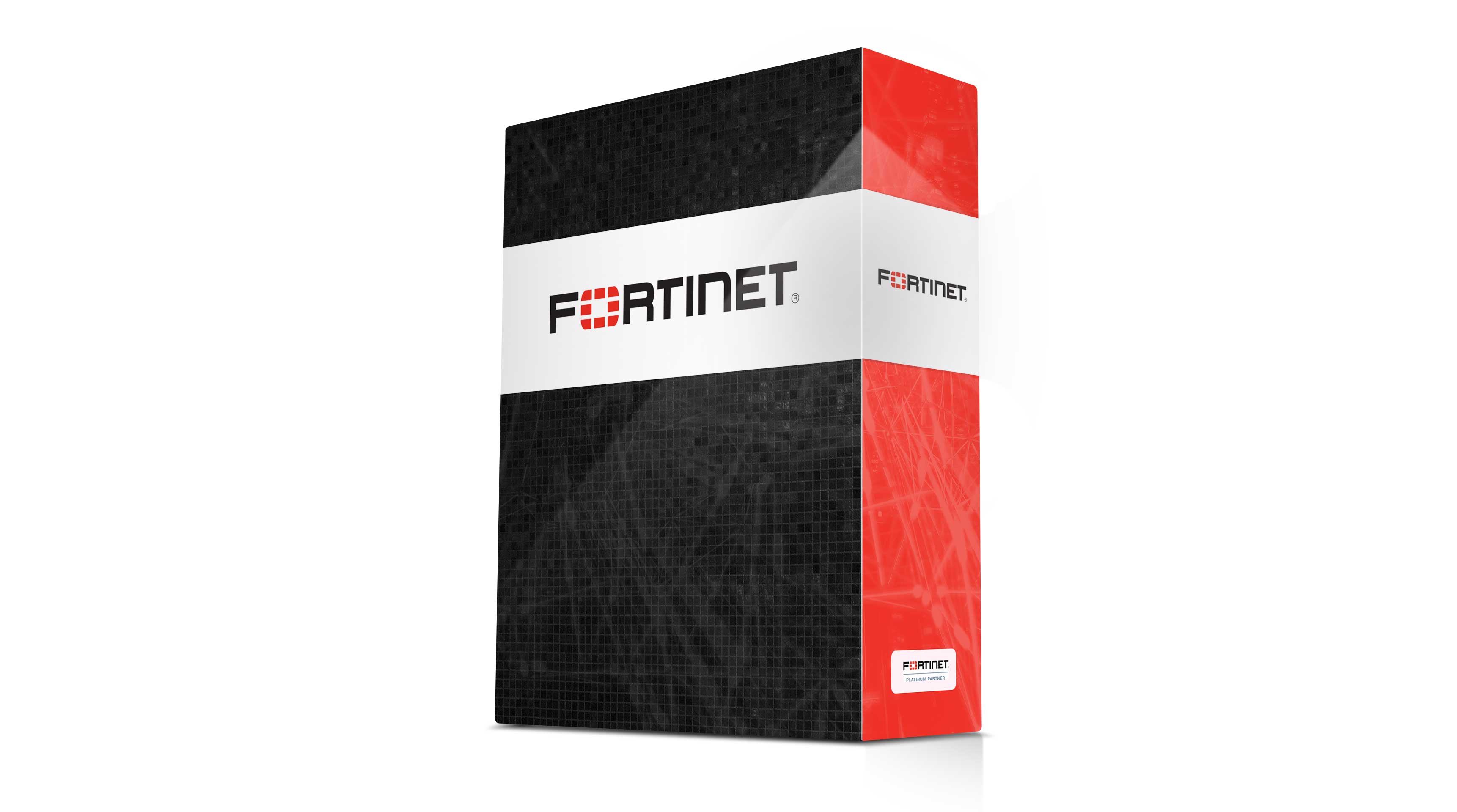
Fortinet FortiClient EPP/APT
Endpoint Protection

Sorry, this product is no longer available, please contact us for a replacement.
Click here to jump to more pricing!
The EPP/APT Edition of FortiClient expands on the capabilities of the ZTNA Edition by adding AI-based next-generation antivirus (NGAV), endpoint quarantine, and application firewall, as well as support for cloud sandbox.
| ZTNA Edition Features | This edition includes all the features in the ZTNA Edition plus the following: |
|---|---|
| AI-powered Next-Generation Antivirus (NGAV) | Anti-malware leverages FortiGuard Content Pattern Recognition Language (CPRL), machine learning, and AI to protect endpoints against malware. The pattern-based CPRL is highly effective in detecting and blocking polymorphic malware. It also blocks attack channels and malicious websites. |
| FortiClient Cloud Sandbox | FortiClient natively integrates with FortiSandbox. FortiClient automatically submits files to the connected FortiSandbox for real-time analysis. Sandbox analysis results are automatically synchronized with EMS. Administrators can see detailed information and behavior activities of submitted objects including graphic visualization of the full process tree. |
| Automated Endpoint Quarantine | When triggered by security events, automated endpoint quarantine automates policy-based response. For example, it can automatically quarantine a suspicious or compromised endpoint to contain incidents and prevent outbreaks. |
| Application Firewall | The application firewall provides the ability to monitor, allow, or block application traffic by categories. It uses the same categories as FortiGate, enabling consistent application traffic control. It leverages FortiGuard anti-botnet, IPS, and application control intelligence and can prevent the use of unwanted applications including proxy apps and HTTPS messaging apps. |
| Application Inventory | Application inventory provides visibility of installed software. In addition to managing licenses, software inventory can improve security hygiene. When software installed is not required for business purposes, it unnecessarily introduces potential vulnerabilities, and thereby increases the likelihood of compromise. Administrators can reduce the attack surface by leveraging inventory information to detect and remove unnecessary or outdated applications that are potentially vulnerable. |
| USB Device Control | This capability prevents unauthorized USB devices from accessing the host. |
| Windows | MAC OS | Android | iOS | Chromebook | Linux | |
|---|---|---|---|---|---|---|
| Endpoint Security | ||||||
| Antivirus | ||||||
| Cloud-based Threat Detection | ||||||
| Sandbox (on-prem) | ||||||
| Sandbox (cloud-based) | ||||||
| Automated Endpoint Quarantine | ||||||
| Web Filter | ||||||
| AntiExploit | ||||||
| Application Firewall | ||||||
Pricing Notes:
- Pricing and product availability subject to change without notice.

